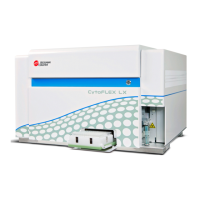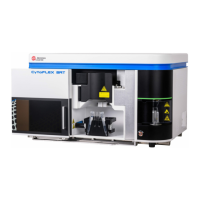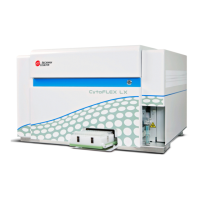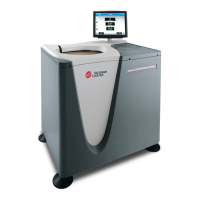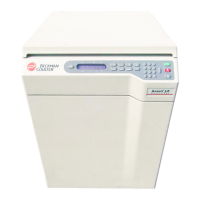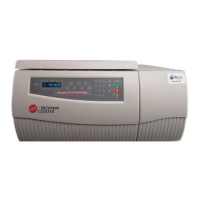PN 177196BB
3-16
SETUP OPTIONS
FLAGGING SETS SETUP OPTIONS
3.7 FLAGGING SETS SETUP OPTIONS
A Objectives
When you have completed this topic, you will be able to:
B Describe the options available from the Flagging Sets screen.
B Locate the procedure for editing pre-defined flagging sets.
B Locate the procedure for creating a new flagging set.
B References
In the Online Help System or the Instructions for Use manual, refer to:
r
Setup Menu Options under Heading 5.12 MENU PATHS
r Heading A.10 FLAGGING SETS SETUP
C Special Instructions
1. The instrument must be powered up.
2. Either a Supervisor or Service must be logged in to access Setup menus.
D Topic Notes and Tasks
1. Access the Flagging Sets setup screen.
From the Main Menu, click tt .
2. The left side of the Flagging Sets setup screen displays the flagging sets available and the
flagging set selected as default.
a. A flagging set is a set of patient limits and action limits selected by the laboratory for
a specific group of patients.
1) The groups can be based on age or gender.
2) Eight of the flagging sets are pre-defined and installed:
Standard Range, Man,
Woman, Child 1, Child 2, Child 3, Child 4, and Child 5.
a) All of the pre-defined ranges except the Standard range can be edited to
best fit your laboratory’s needs.
b) All of the pre-defined ranges can be copied and applied to other
flagging sets.
3) You can create up to 12 additional flagging sets for a total of twenty.
a) When you create a new flagging set, the Standard Range patient and action
limits are applied.
b) You can edit these patient and action limits, or you can copy the patient
and action limits from another flagging set and apply them.
b. The flagging set to use for a specimen is entered on the Worklist. This is discussed
under
Flagging Sets in Chapter 5, Sample Analysis.
c. The default flagging set is used when a flagging set is not selected for a specimen.
3. Point out the two tabs,
Flags and Messages and Flag Sensitivity and Thresholds.
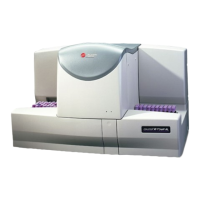
